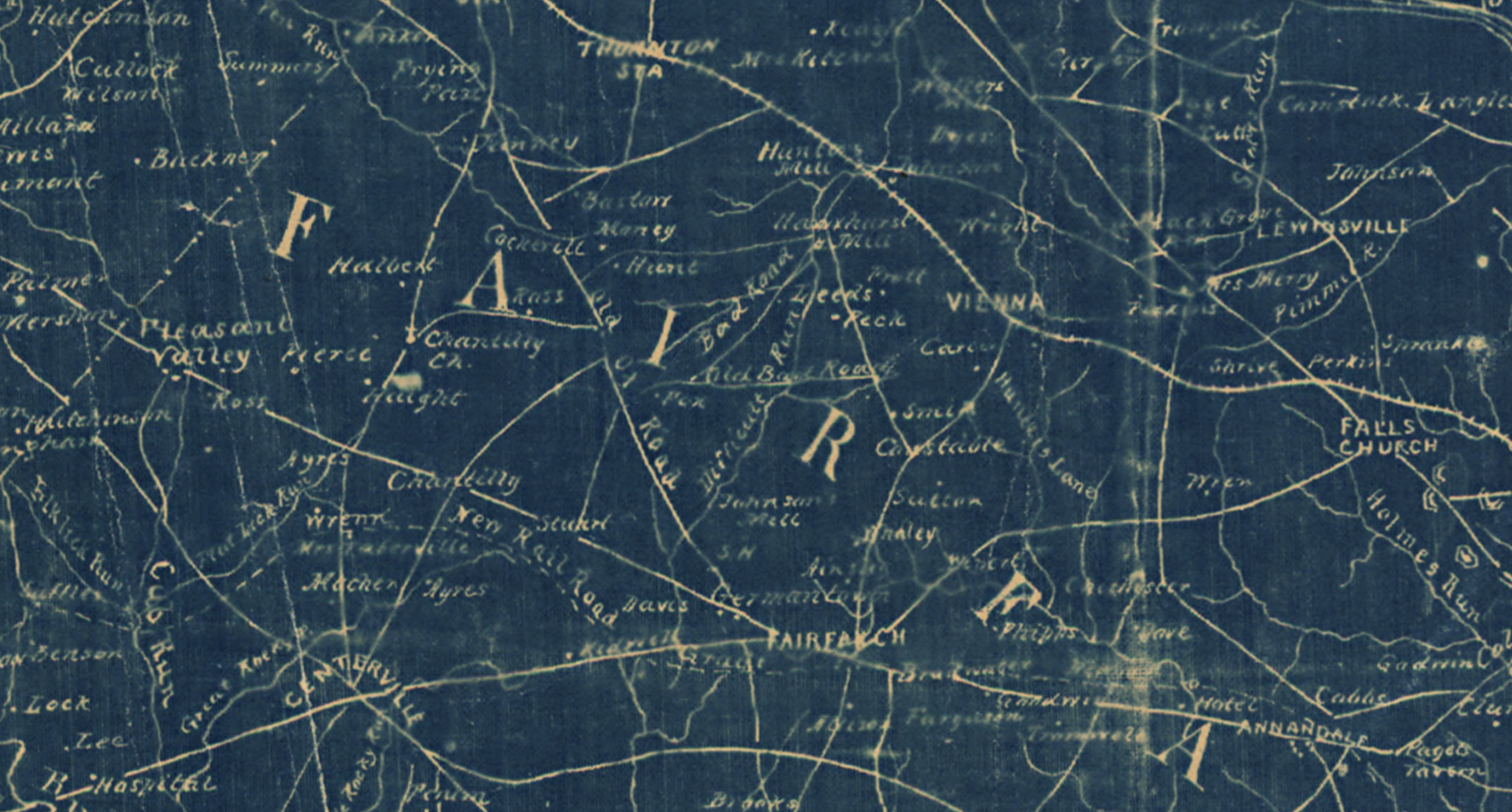Confederate guerrilla John Mosby and his forces tied up 50,000 Union troops in Northern Virginia during the last two and a half years of the Civil War. He and his men marauded deep into Federal lines. They suffered relatively few casualties and did immense damage to both the Union psyche and supply chain.
How?
This work is an attempt to piece together fragments of evidence into a coherent story about the ways that people, places, and psychologies self-organized into a shadow war on Washington, D.C.’s doorstep.
Years of research have produced an undeniable conclusion: Mosby and his men harnessed thickets, unlikely avenues, succession forests, friendly farms, and a collection of bridle paths into assets for a microwar that subsumed today’s Dulles Corridor. Slender trails that rarely appeared on maps and left the faintest traces on the muddy soil of Fairfax County became lethal highways.
By comparing and collaging advanced satellite imagery, extant maps, historic chancery records, tax rolls, censuses, first person narratives, genealogies, folklore, geology, geography, sociology, ethnography, and political history through a bifocal lens of spatial analysis and military studies, the shape and dimension of this lost war and the mysterious bridle paths on which it was fought appears from a murky past 160 years distant.
Start Here:
Deeper Reads:
-
The Critical Interval
TL;DR–Mosby’s activities along Difficult Run were at their most intense between February and October of 1863 on a 4.4 mile-long line connecting Fox’s Lower Mill with Hunter’s Mill
4 min read
-
Native Roads
TL;DR–Patterns of indigenous use etched a profoundly influential template on the landscape of the Difficult Run Basin.
4 min read
-
A Psychogeography of Difficult Run
What does it mean to be from any place? What nurture effects can a space exert on a person’s identity and how do we chart this spiritual terroir?
4 min read
-
Nothing Happened Here
John Singleton Mosby used the Upper Difficult Run Basin as a conduit and staging area for his raids, despite what you may have read in local history.
4 min read
-
Writing John Mosby
A brief primer on the paradoxical nature of John Singleton Mosby and the compelling complexity that fixed him firmly in the American zeitgeist.
4 min read





